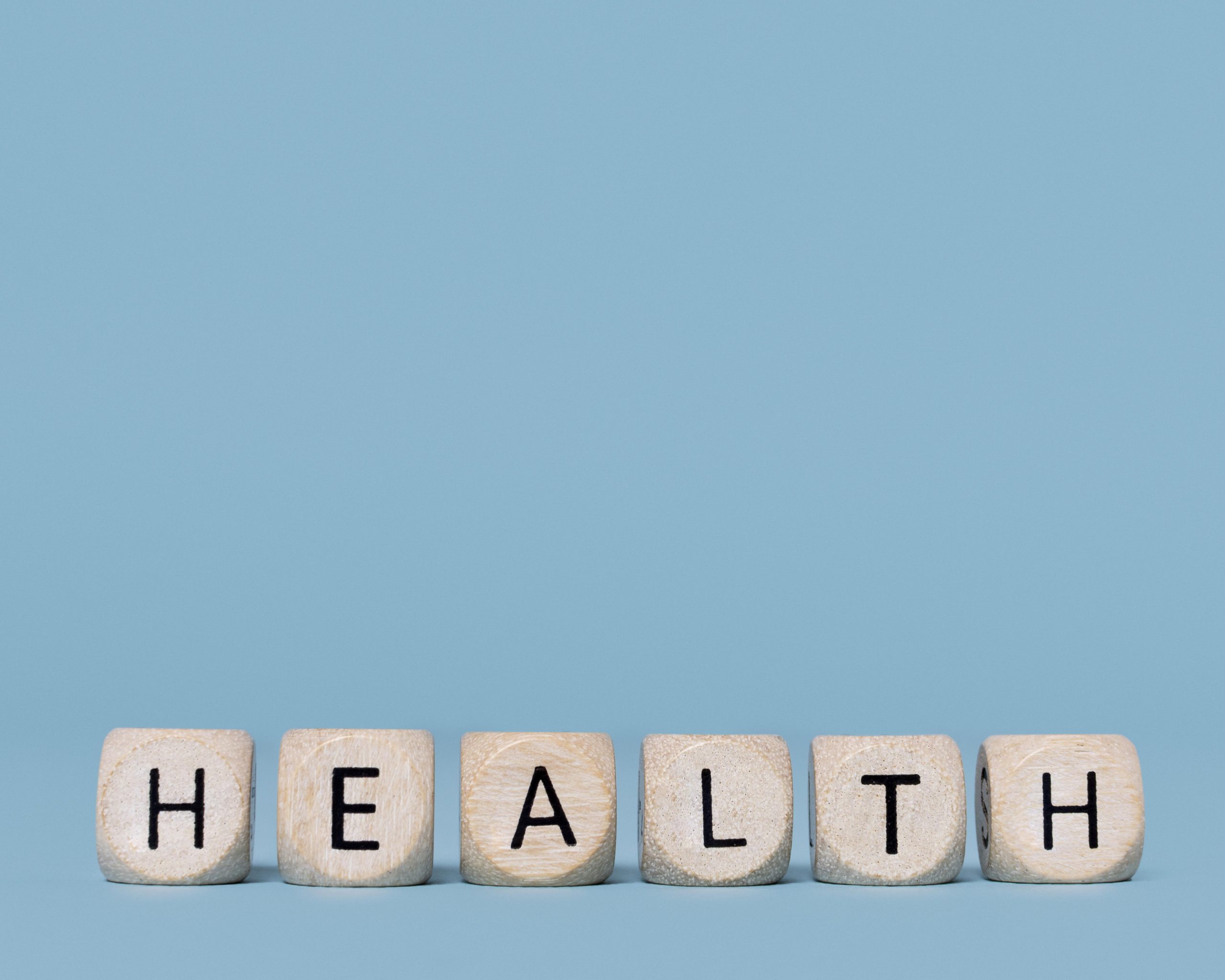Reclaiming Balance After Birth: Hormones, Health & Healing

Bringing a child into the world is a profound experience, but it also initiates dramatic shifts in a woman’s body. The postpartum period (also called the “fourth trimester”) involves major physiological, hormonal, and emotional changes. Many new mothers find themselves navigating fatigue, mood fluctuations, weight changes, skin/hair transformations, and more. Understanding these changes—and applying holistic, evidence-based strategies—can help women gradually restore health and hormonal balance after birth.
In this post, we will:
- Examine the key hormonal and systemic changes women go through after childbirth
- Discuss common effects and challenges
- Offer strategies and practices to support recovery and hormonal rebalance
Hormonal & Physiological Changes After Childbirth
Sudden Drop in Estrogen and Progesterone
During pregnancy, estrogen and progesterone levels escalate dramatically, supported by the placenta. As soon as the placenta is delivered, those hormone levels plummet rapidly, which can trigger mood swings, low energy, and even “baby blues” symptoms (e.g., tearfulness, irritability) (Wikipedia, Postpartum blues) Wikipedia.
This abrupt decline is one of the main hormonal “shock” events that the body must adapt to. Some women are more sensitive to these fluctuations and thus may exhibit more noticeable symptoms.
Rise of Prolactin and Oxytocin
While estrogen and progesterone fall, prolactin (to stimulate milk production) and oxytocin (to help uterine contraction and bonding) remain elevated in breastfeeding mothers. These hormonal shifts support lactation and maternal–infant bonding (The Bump) The Bump.
Cortisol & Stress Response
Cortisol, a stress hormone, peaks during pregnancy and then drops after birth. But the demands of newborn care—sleep disruption, stress, physical recovery, can exacerbate fluctuations in cortisol, contributing to fatigue, mood instability, and immune effects (The Bump) The Bump.
Thyroid & Metabolic Adaptations
Some women develop postpartum thyroiditis, a temporary inflammation of the thyroid which can manifest as hyperthyroid symptoms followed by hypothyroidism (often within the first 12 months) (Wikipedia, Postpartum thyroiditis) Wikipedia. The thyroid’s recovery may take weeks to months.
Metabolism and insulin sensitivity also shift: insulin resistance (which occurs during pregnancy) tends to return toward pre-pregnancy patterns, but full normalization may be gradual (StatPearls) NCBI.
Immune Reconstitution & Inflammatory Response
Research into postpartum immune changes reveals that the abrupt hormonal shifts can cause immune reactivation or rebalancing, which may exacerbate latent inflammation or autoimmune tendencies (Wu et al., 2025) Frontiers Publishing Partnerships.
In sum, the postpartum period is a time of recalibration across endocrine, immune, metabolic, and neurological systems.
Common Effects & Challenges Faced by Women Postpartum
Below is a summary of common physical, emotional, and hormonal challenges new mothers may face:
| System / Domain | Common Effects & Challenges |
|---|---|
| Mood & mental health | “Baby blues” (common in first week or two), postpartum depression (affects ~10–20%) (IGEDEPP cohort) arXiv, anxiety, irritability, difficulty concentrating |
| Energy & sleep | Profound fatigue due to sleep fragmentation, increased demands, hormonal dips |
| Weight & body changes | Slower return to pre-pregnancy weight, lingering abdominal laxity, diastasis recti, altered fat distribution |
| Hair & skin | Postpartum hair shedding (telogen effluvium) as estrogen falls, changes in skin pigmentation or texture |
| Libido & sexual health | Low libido, vaginal dryness (especially in breastfeeding), discomfort during intercourse (Sex after pregnancy) Wikipedia |
| Thyroid dysfunction | Symptoms of hyperthyroid or hypothyroid phases, e.g. palpitations, fatigue, weight changes |
| Lactation issues | Symptoms of hyperthyroid or hypothyroid phases, e.g., palpitations, fatigue, weight changes |
| Pelvic floor & urinary function | Urinary leakage, pelvic floor weakness, incontinence due to childbirth strain |
These are not guaranteed for every woman, but many of these challenges overlap and can compound one another.
Strategies to Reclaim Health & Hormonal Balance
Healing is a gradual, holistic process. Below are evidence-informed strategies for postpartum recovery and hormone rebalancing. Always consult with healthcare professionals (OB/GYN, endocrinologist, lactation consultant) before implementing new protocols, especially if breastfeeding.
1. Nutritious, Balanced Eating
- Focus on whole foods, with adequate protein, healthy fats (omega-3s, monounsaturated fats), and complex carbohydrates to stabilize blood sugar.
- Ensure micronutrient support: iron (to replenish blood loss), vitamin D, B vitamins, magnesium, zinc, iodine (for thyroid)
- Stay hydrated—especially important if breastfeeding.
- If breastfeeding, increase caloric intake modestly (~300–500 kcal extra depending) to support milk production (Hopkins Medicine) Hopkins Medicine
2. Gentle Movement & Return to Exercise
- Begin with gentle pelvic floor and core-strengthening (e.g., Kegel exercises, core support) as recommended by physiotherapists.
- Gradually reintroduce low-impact cardiovascular exercise (walking, swimming).
- Avoid high-impact or heavy abdominal exercises until the core is reestablished and diastasis recti addressed.
3. Prioritize Sleep & Rest
- Sleep when the baby sleeps, whenever possible.
- Ask for support froma partner, family, or friends to reduce the burden of overnight care.
- Short naps, rest breaks, and delegating tasks can help mitigate the cumulative hormonal stress of sleep loss.
4. Stress Management & Mind-Body Support
- Practices like mindfulness, meditation, deep breathing, gentle yoga, or progressive muscle relaxation can help attenuate cortisol swings.
- Social support and mental health care (therapy, support groups) are critical in preventing or managing postpartum depression.
- Awareness of postpartum hormonal sensitivity helps reduce guilt and self-judgment.
5. Monitor & Support Thyroid Health
- If experiencing symptoms such as fatigue, weight changes, palpitations, ask your doctor to test TSH, free T4, and thyroid antibodies.
- In cases of postpartum thyroiditis, sometimes transient treatment is needed, but many cases resolve spontaneously over months (Wikipedia, Postpartum thyroiditis) Wikipedia.
6. Gradual Reintroduction of Hormonal Contraception (if desired)
- Combined estrogen-progestin contraceptives may interfere with milk supply, so doctors often prefer progestin-only options or nonhormonal forms in the early postpartum period (Verywell Health summary) Verywell Health.
- Timing and type should be individualized based on breastfeeding status, hormonal symptoms, and risk factors.
7. Supplementation (With Medical Guidance)
- Prenatal vitamins often continue to be recommended while breastfeeding (Hopkins Medicine) Hopkins Medicine
- Omega-3 fatty acids (especially DHA/EPA) support brain health and mood.
- Magnesium, zinc, and B-complex vitamins may support stress and hormonal function.
- Probiotics for gut health, which can be tied to hormonal balance.
- If hormone testing reveals deficits or imbalances, practitioners may consider bioidentical or medical hormonal support, but with caution, especially during lactation.
8. Track Patterns & Be Patient
- Maintain a symptom journal tracking mood, energy, sleep, menstrual return, and physical changes.
- Understand that full hormonal normalization often takes months; some sources say stabilization typically occurs around 6 months postpartum (Vinmec) Vinmec International Hospital.
- Set realistic expectations—your body has done something immense, and recovery is not linear.
Sample Monthly Recovery Roadmap (First 6 Months)
| Month | Focus & Milestones |
|---|---|
| Month 1 | Rest, wound healing (if cesarean or perineal), gentle mobility, lactation support, nutrition, psychological support |
| Month 2 | Increase gentle core work, moderate cardio, and monitor thyroid/metabolic labs if symptomatic |
| Month 3 | Progress strength building, consider nonhormonal contraceptive planning, and evaluate supplementation |
| Month 4 | Assess menstrual return (if not breastfeeding), monitor hormonal symptoms, and continue holistic support |
| Month 5 | By this time, many hormonal levels stabilize; reassess energy, mood, body composition, and plan next phase of wellness |
| Month 6 | By this time, many hormonal levels stabilize; reassess energy, mood, body composition, and plan the next phase of wellness |
When to Seek Medical Help
While many postpartum changes are normal, certain red flags warrant prompt medical evaluation:
- Severe or worsening depressive symptoms or suicidal thoughts
- Symptoms of thyroid dysfunction (palpitations, tremor, marked weight loss/gain)
- Persistent or worsening fatigue unresponsive to rest
- Significant hair loss, alopecia
- Persistent hypertension or signs of cardiometabolic disturbance
- Problems in lactation (e.g., obstructed ducts, mastitis)
- Pelvic pain, urinary retention, or incontinence that doesn’t improve
—
Conclusion
Recovering from childbirth is a journey, not a sprint. The postpartum period brings dramatic hormonal upheaval, immune shifts, metabolic recalibration, and emotional challenges. By supporting the body through nutrition, movement, rest, stress management, and clinical monitoring, many women can gradually reclaim hormonal balance, vitality, and well-being.
If you or someone you care about is navigating postpartum recovery, know that seeking support is a strength—not a weakness. With patience, patience, and self-compassion, progress often emerges one day at a time.
Would you like me to create a more tailored version (for the Thai audience, or with local statistics) or include visuals, infographics, or a downloadable PDF version? Let me know!
References
Wu, X., Jin, R., et al. (2025). Effects of postpartum hormonal changes on the immune system and their role in recovery. Acta Biochimica Polonica. https://doi.org/10.3389/abp.2025.14241 Frontiers Publishing Partnerships
“Postpartum Hormones: How Long Until They Regulate?” (n.d.). The Bump. Retrieved from https://www.thebump.com/a/postpartum-hormones The Bump
StatPearls. (2022). Physiology, Postpartum Changes. In StatPearls. Retrieved from https://www.ncbi.nlm.nih.gov/books/NBK555904/ NCBI
“Postpartum thyroiditis.” (n.d.). In Wikipedia. Retrieved from https://en.wikipedia.org/wiki/Postpartum_thyroiditis Wikipedia
Wikipedia. (n.d.). Postpartum blues. Retrieved from https://en.wikipedia.org/wiki/Postpartum_blues Wikipedia
Wikipedia. (n.d.). Sex after pregnancy. Retrieved from https://en.wikipedia.org/wiki/Sex_after_pregnancy Wikipedia
HealthCentral. (2024, July 9). Postpartum Hormones: Everything You Need to Know. Retrieved from https://www.healthcentral.com/womens-health/postpartum-hormones HealthCentral
Hopkins Medicine. (n.d.). What Really Helps You Bounce Back After Pregnancy. Retrieved from https://www.hopkinsmedicine.org/health/wellness-and-prevention/what-really-helps-you-bounce-back-after-pregnancy Hopkins Medicine
IGEDEPP cohort (Tebeka et al.). (2020). Prevalence and incidence of postpartum depression and environmental factors. arXiv. arXiv
Visit our website to learn more: Click here




